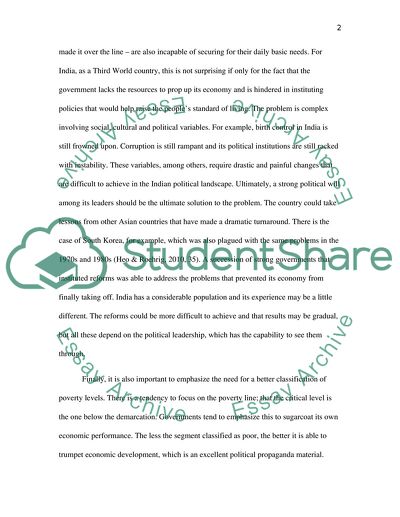Cite this document
(Myths about India Book Report/Review Example | Topics and Well Written Essays - 3250 words, n.d.)
Myths about India Book Report/Review Example | Topics and Well Written Essays - 3250 words. Retrieved from https://studentshare.org/social-science/1840843-india-today
Myths about India Book Report/Review Example | Topics and Well Written Essays - 3250 words. Retrieved from https://studentshare.org/social-science/1840843-india-today
(Myths about India Book Report/Review Example | Topics and Well Written Essays - 3250 Words)
Myths about India Book Report/Review Example | Topics and Well Written Essays - 3250 Words. https://studentshare.org/social-science/1840843-india-today.
Myths about India Book Report/Review Example | Topics and Well Written Essays - 3250 Words. https://studentshare.org/social-science/1840843-india-today.
“Myths about India Book Report/Review Example | Topics and Well Written Essays - 3250 Words”, n.d. https://studentshare.org/social-science/1840843-india-today.


